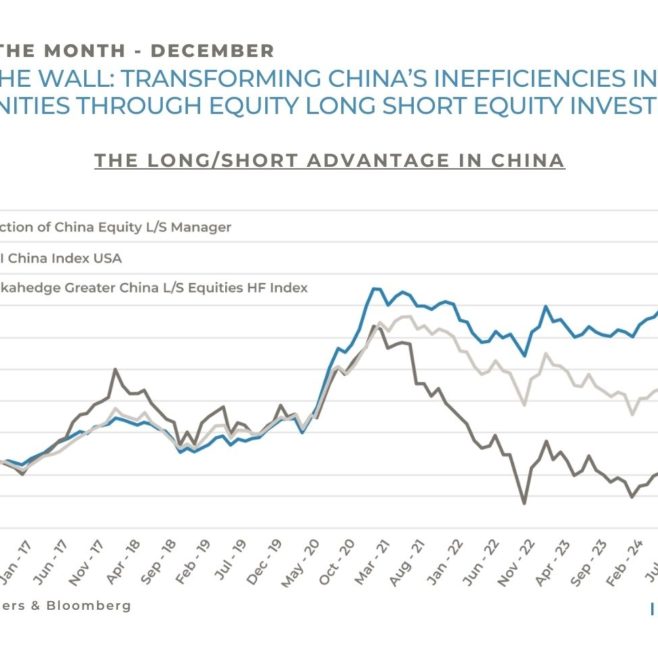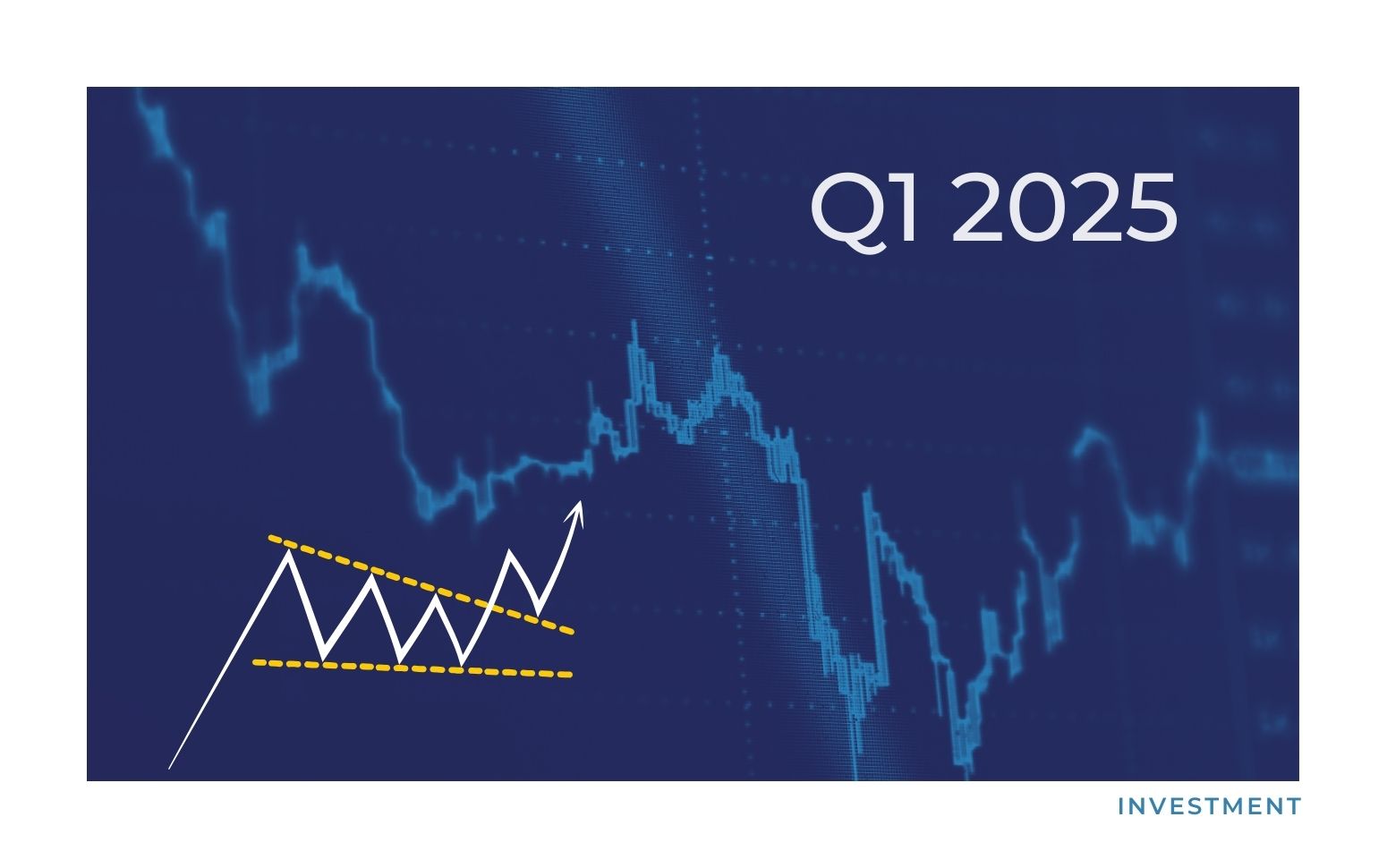
Quarterly Investment Review – Q1 2025

The EU was formed in order to screw the United States
President Donald Trump 26 February 2025
Quarterly Investment Review – Q1 2025
The first quarter saw the inauguration of President Trump and almost immediately this led to a series of dramatic changes in the political climate. Final detail on many policies hasn’t always been clear but among the more significant policies that have been indicated has been the proposal to raise tariffs on various goods, a decline in the importance of the climate change narrative, the abandonment of Ukraine and corresponding greater accommodation of Russia, a fracturing of the NATO alliance, and the suggestion that Canada, Greenland and Panama come under US control. These pivots in American policy signal the end of the post 1945 Settlement and led directly to Germany’s government voting through a €1 trillion bill to increase spending on defence and infrastructure, casting aside their fiscal and military restraints, a major reversal. An equal impact on markets was the announcement in January by a Chinese firm called Deepseek that its semiconductor chips could perform as well as some of those of the American giants at a fraction of the cost, thereby challenging American leadership in AI, which has become the most important trend in the stock market in the last few years and was the embodiment of US exceptionalism. These events generated a mass of noise and commentary. Yet at the end of the quarter most markets were affected much less than might be thought. The S&P fell 4.6%, The MSCI World index fell 2.7%, the US 10- year bond market rose 5.5%, and the US dollar fell 4%. Gold rose 19%.
The levels of debt and deficits in the Western world mean that Governments have started to face significant issues as global bond markets question the sustainability of this vast debt load being supported by flimsy growth. Nonetheless it is impossible to predict what level of debt creates extreme stress. Japan has shown that fiscal stress is not guaranteed even where the government debt has been ballooning for decades. The most important market is the US, where Government expenditure is running at a rate of 6% above receipts. Worryingly this is during a period when the economy is reasonably strong, which begs the question of what would happen if a recession arrived. The US needs to refinance $7.6 trillion of maturing debt in 2025, in addition to issuing new bonds to meet any budget deficit, and as interest rates rise the interest bill rises commensurately. US interest payments are now the second highest item in the US Government budget (greater than the defence budget), and the stock of Government debt is increasing by $1 trillion every 100 days. Elon Musk is attempting to make inroads on Federal spending, but even the Trump Administration has said that its target by 2028 is to lower the fiscal deficit from 6% to 3%. Deficit spending is entrenched, and this at a time when both tariffs and reshoring of industry will keep upward pressure on inflation and interest rates. One solution to reduce the debt is to raise taxes. US taxes are low relative to National Income which is one reason that stock market profits have been so high. However, Trump looks unlikely to take this path having been elected on a low tax agenda. Europe’s debt problems are even more acute because the tax burden is already high. Europe’s expansion of the welfare state has crowded out other priorities which has led to the confrontation with Trump who has insisted that they bear more of their defence expenditure. With no appetite for austerity most European Governments are having to confront tough choices. These decisions are all the harder given that despite the spending binge of the last decade few of the citizenry in western nations feel satisfied.
Click here to download the full document.
Past performance is not indicative of future results. The views, strategies and financial instruments described in this document may not be suitable for all investors. Opinions expressed are current opinions as of date(s) appearing in this material only. References to market or composite indices, benchmarks or other measures of relative market performance over a specified period of time are provided for your information only. NS Partners provides no warranty and makes no representation of any kind whatsoever regarding the accuracy and completeness of any data, including financial market data, quotes, research notes or other financial instrument referred to in this document. This document does not constitute an offer or solicitation to any person in any jurisdiction in which such offer or solicitation is not authorized or to any person to whom it would be unlawful to make such offer or solicitation. Any reference in this document to specific securities and issuers are for illustrative purposes only, and should not be interpreted as recommendations to purchase or sell those securities. References in this document to investment funds that have not been registered with the FINMA cannot be distributed in or from Switzerland except to certain categories of eligible investors. Some of the entities of the NS Partners Group or its clients may hold a position in the financial instruments of any issuer discussed herein, or act as advisor to any such issuer. Additional information is available on request. © NS Partners Group





